
Category: robotics/AI

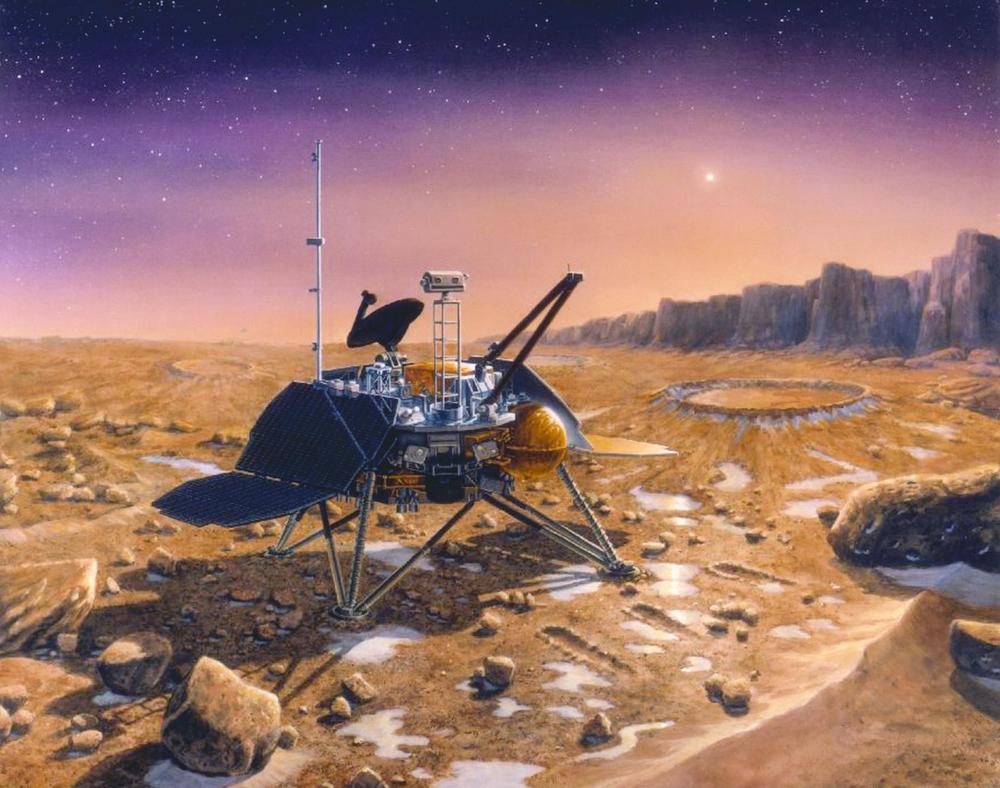
Sorry, Despite Decades Of Exploration, Mars Remains Almost A Total Mystery
A recent column in The Atlantic magazine, “The Most Overhyped Planet in the Galaxy” implored the research community to expand its robotic exploration horizons beyond Mars. But despite arguments for rethinking what the article’s author, Marina Koren, terms the U.S.’ scientific “Mars monopoly” in favor of some of our solar system’s less-visited outer moons, scientific understanding of the Red Planet is arguably still decades away.
Rest assured, Mars should and will remain a scientific Valhalla for decades to come.
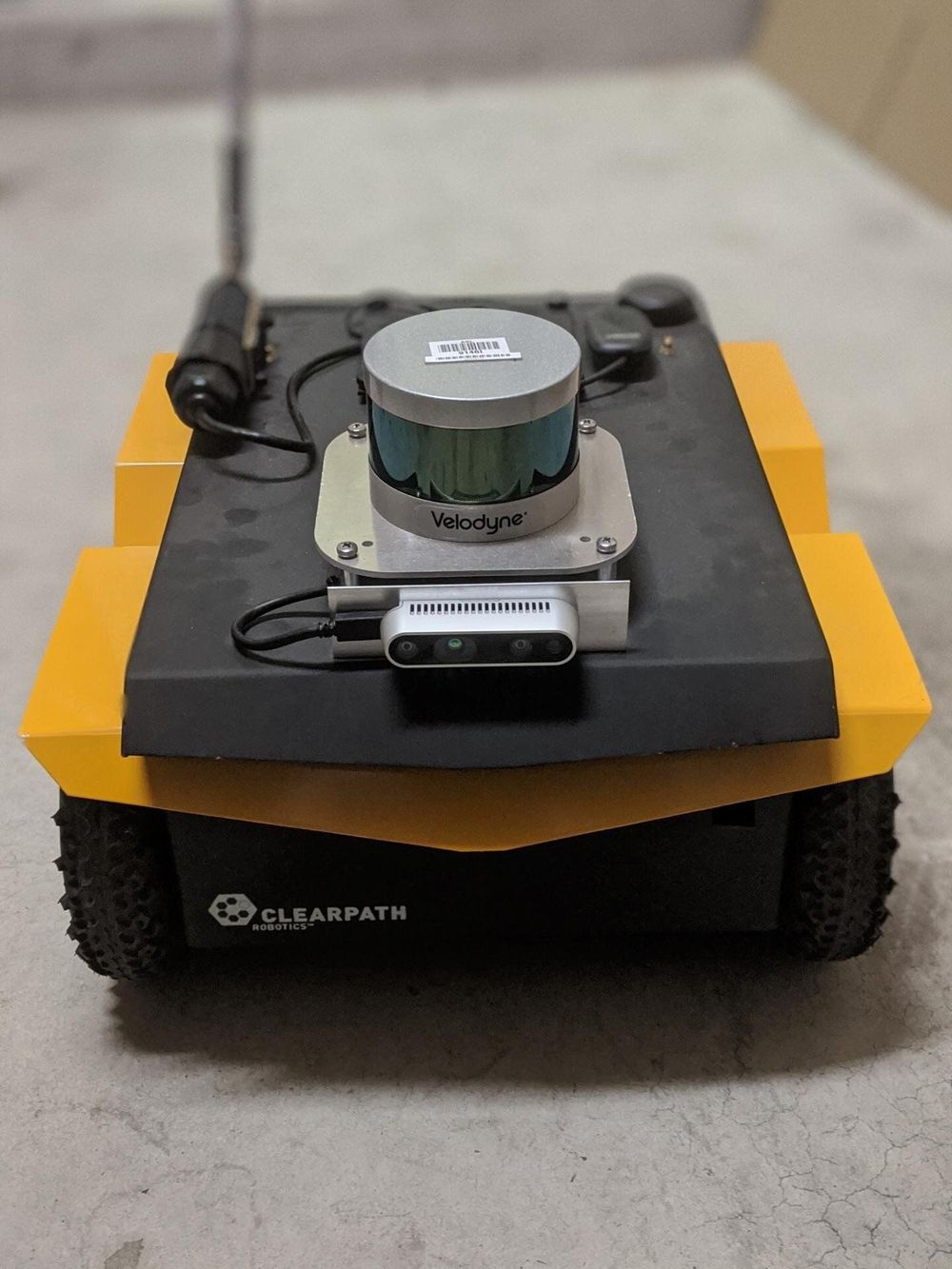
Soldiers could teach future robots how to outperform humans
The researchers fused machine learning from demonstration algorithms and more classical autonomous navigation systems. Rather than replacing a classical system altogether, APPLD learns how to tune the existing system to behave more like the human demonstration. This paradigm allows for the deployed system to retain all the benefits of classical navigation systems—such as optimality, explainability and safety—while also allowing the system to be flexible and adaptable to new environments, Warnell said.
In the future, a soldier and a game controller may be all that’s needed to teach robots how to outdrive humans.
At the U.S. Army Combat Capabilities Development Command’s Army Research Laboratory and the University of Texas at Austin, researchers designed an algorithm that allows an autonomous ground vehicle to improve its existing navigation systems by watching a human drive. The team tested its approach—called adaptive planner parameter learning from demonstration, or APPLD—on one of the Army’s experimental autonomous ground vehicles.
“Using approaches like APPLD, current soldiers in existing training facilities will be able to contribute to improvements in autonomous systems simply by operating their vehicles as normal,” said Army researcher Dr. Garrett Warnell. “Techniques like these will be an important contribution to the Army’s plans to design and field next-generation combat vehicles that are equipped to navigate autonomously in off-road deployment environments.”
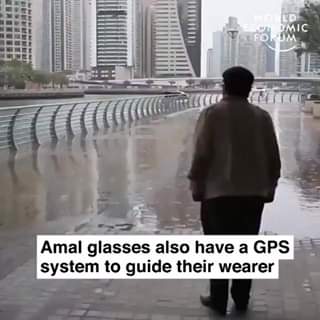
These glasses let blind people walk freely
Join and follow AI Sciences.

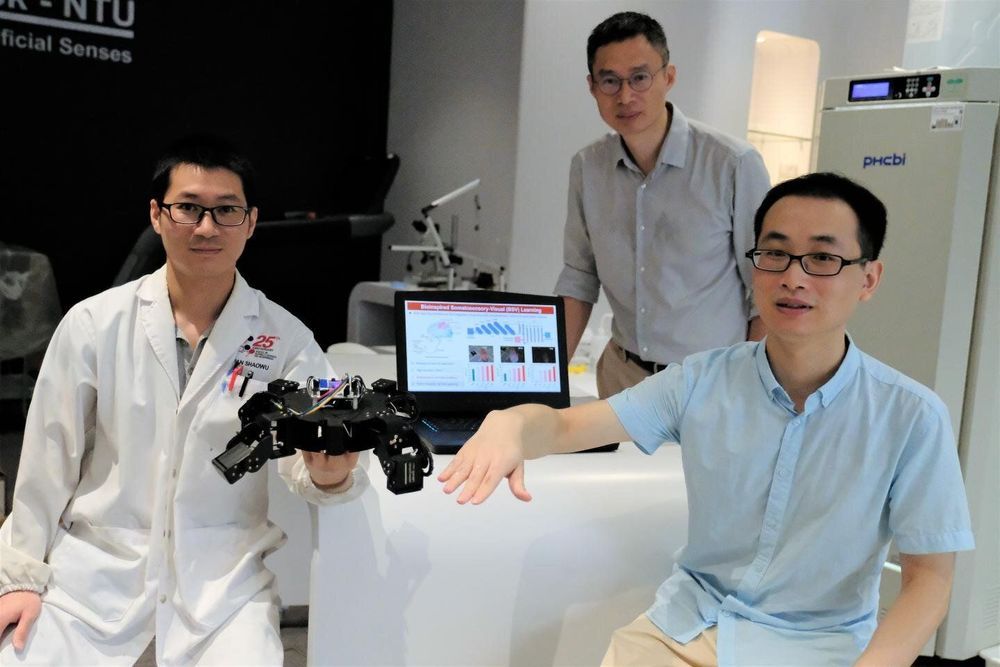
Scientists develop artificial intelligence system for high precision recognition of hand gestures
Scientists from Nanyang Technological University, Singapore (NTU Singapore) have developed an Artificial Intelligence (AI) system that recognizes hand gestures by combining skin-like electronics with computer vision.
The recognition of human hand gestures by AI systems has been a valuable development over the last decade and has been adopted in high-precision surgical robots, health monitoring equipment and in gaming systems.
AI gesture recognition systems that were initially visual-only have been improved upon by integrating inputs from wearable sensors, an approach known as ‘data fusion’. The wearable sensors recreate the skin’s sensing ability, one of which is known as ‘somatosensory’.
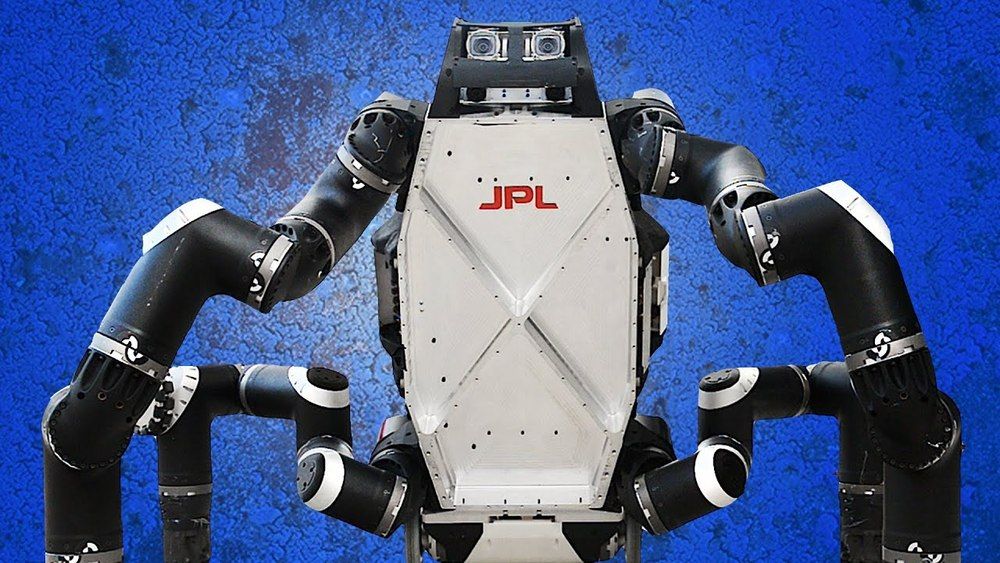
NASA Robot Seamlessly Exits a Car In Mesmerizing Video
Watching NASA’s RoboSimian robot, a.k.a. “Clyde,” exit a vehicle by seamlessly becoming a creepy quadruped never gets old.
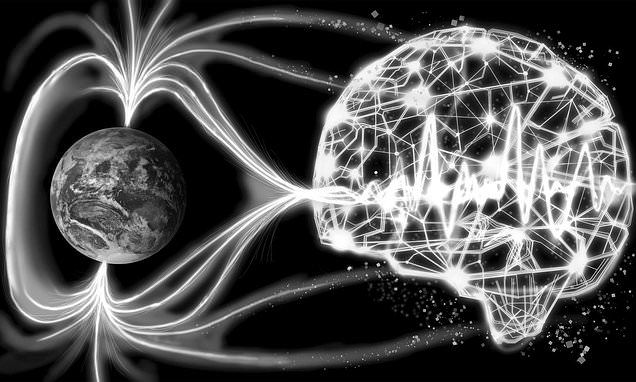
AI can predict quakes ‘unprecedentedly early’
Researchers have revealed a radical new use of AI — to predict earthquakes.
A team from Tokyo Metropolitan University have used machine-learning techniques to analyze tiny changes in geomagnetic fields.
These allow the system, to predict natural disaster far earlier than current methods.

Topic: Guest: Dan Elton PhD, Staff Scientist at National Institute of Health, USA
Topic: guest: dan elton phd, staff scientist at national institute of health, USA.
Topic: Application of AI to medical imaging Guest: Dan Elton PhD, Staff Scientist at National Institute of Health, USA.
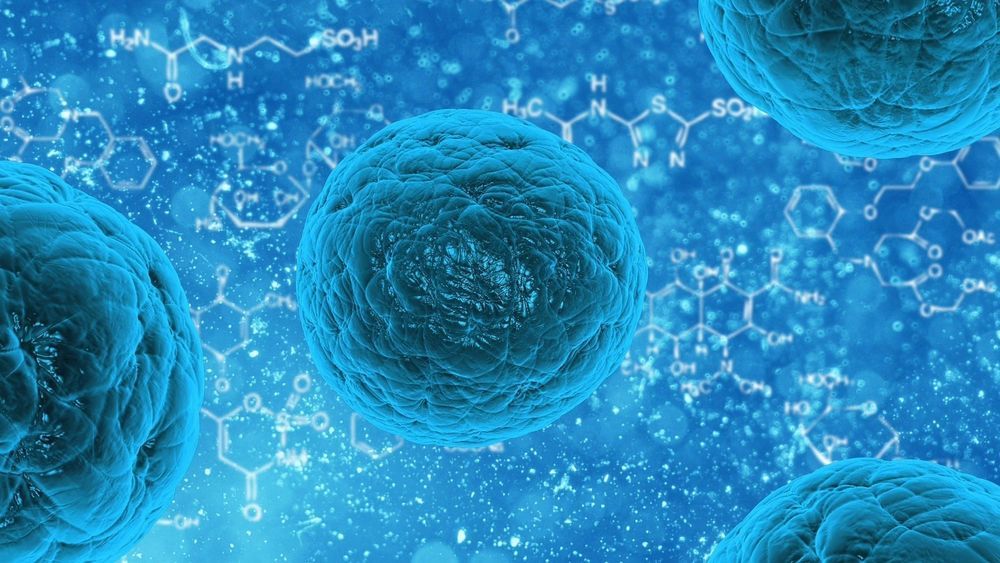
New device delivers single cells in just one click
EPFL spin-off SEED Biosciences has developed a pipetting robot that can dispense individual cells one by one. Their innovation allows for enhanced reliability and traceability, and can save life-science researchers time and money.
The engineers at SEED Biosciences, an EPFL spin-off, have come up with a unique pipetting robot that can isolate single cells with the push of a button—without damaging the cells. Their device also records the cells’ electrical signature so that they can be traced. While this innovation may seem trivial, it can save researchers several weeks of precious time and speed up development work in pharmaceuticals, cancer treatments and personalized medicine. The company began marketing its device this year.